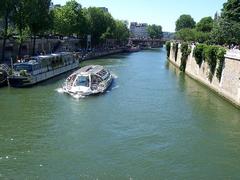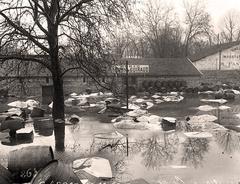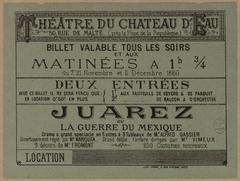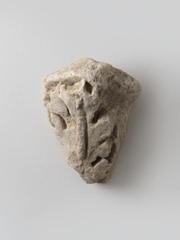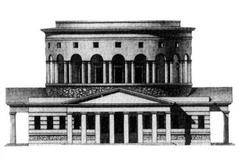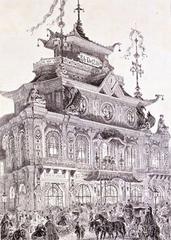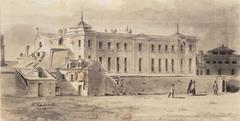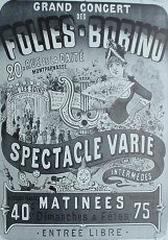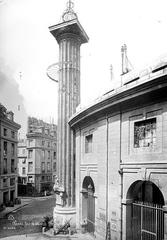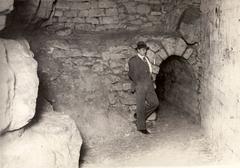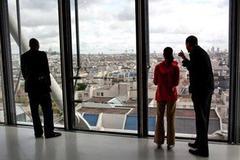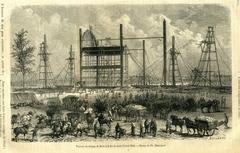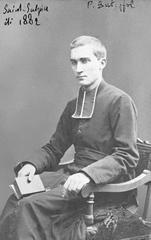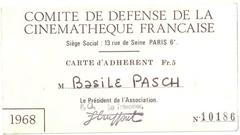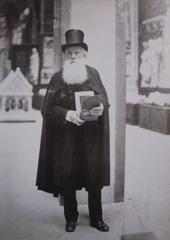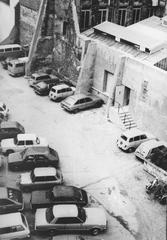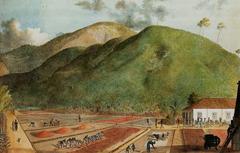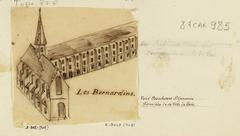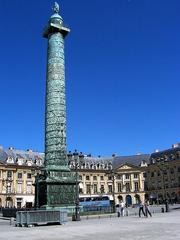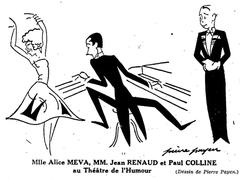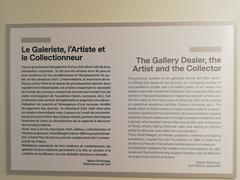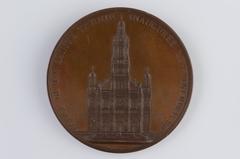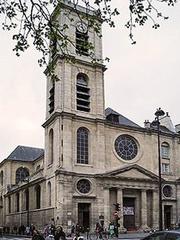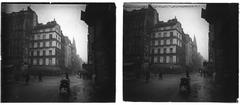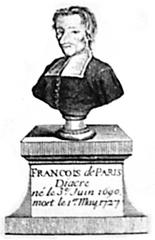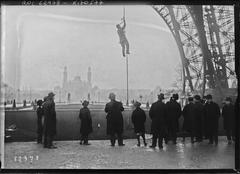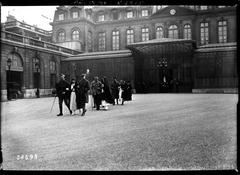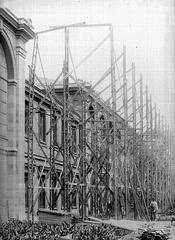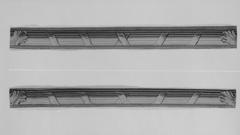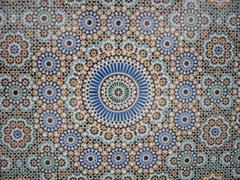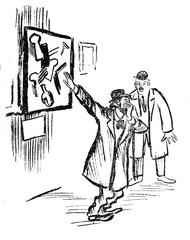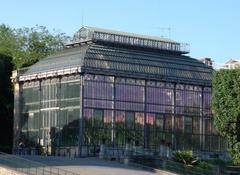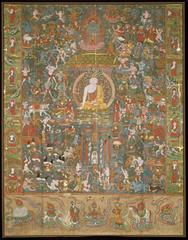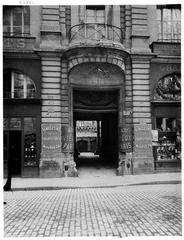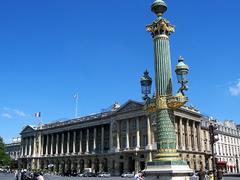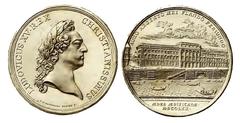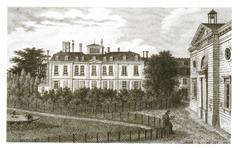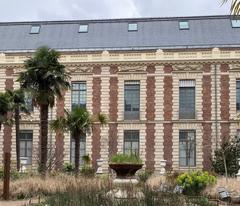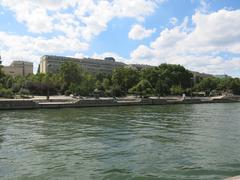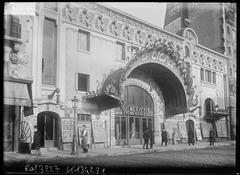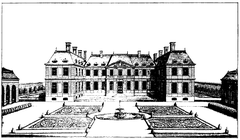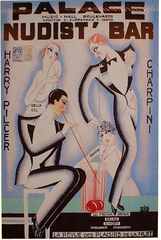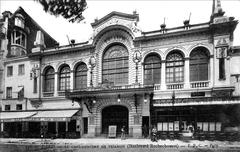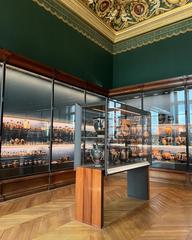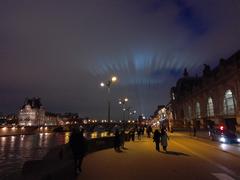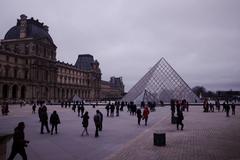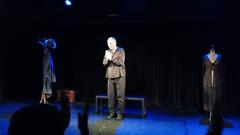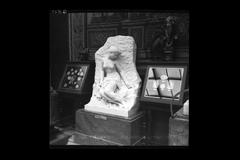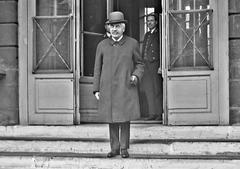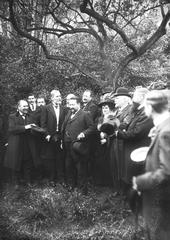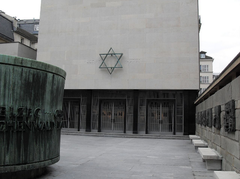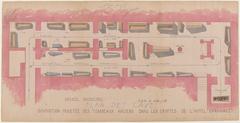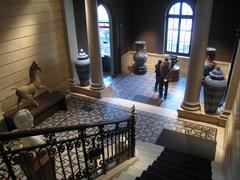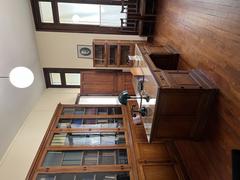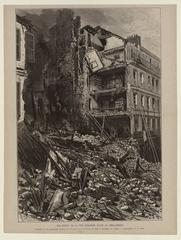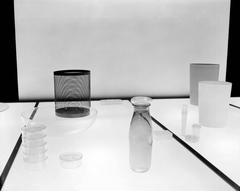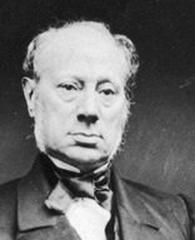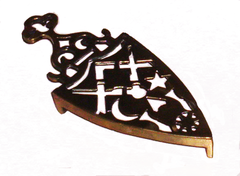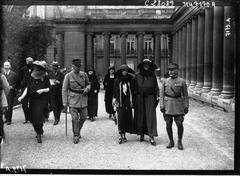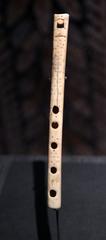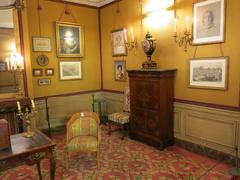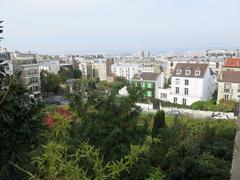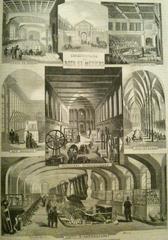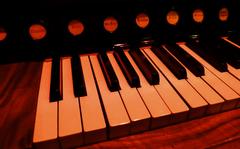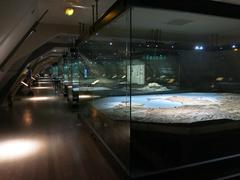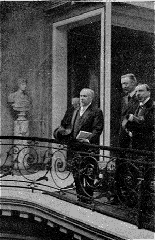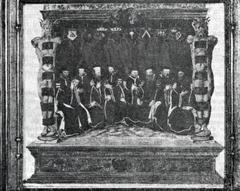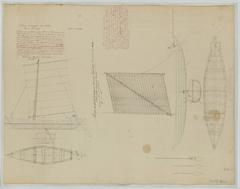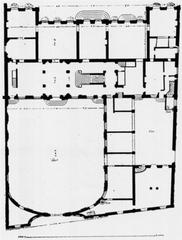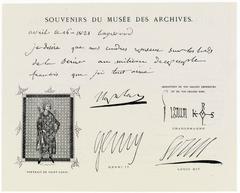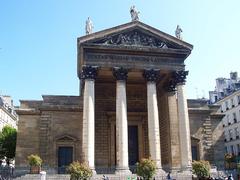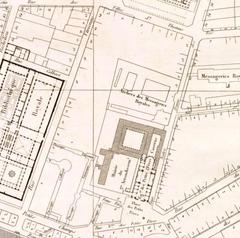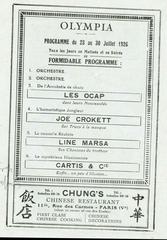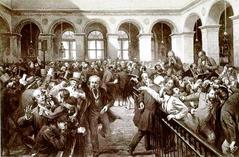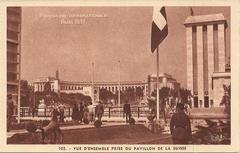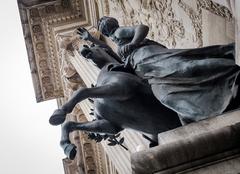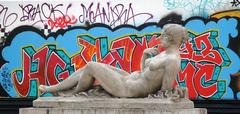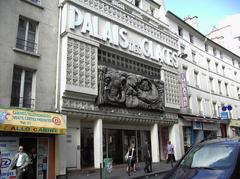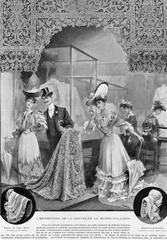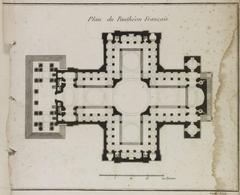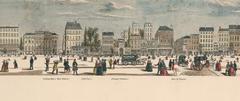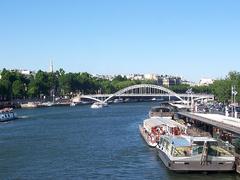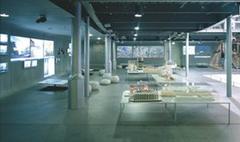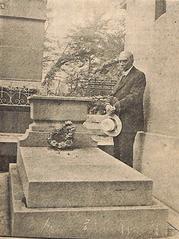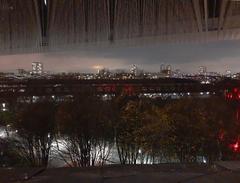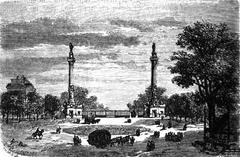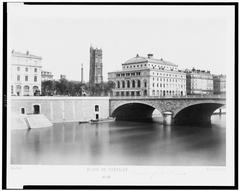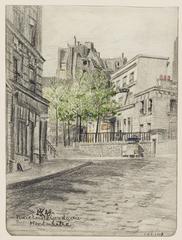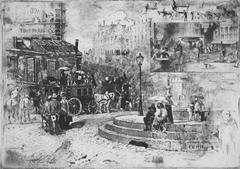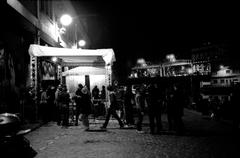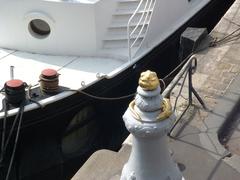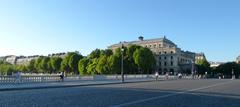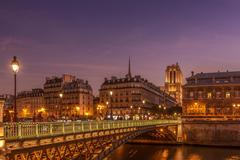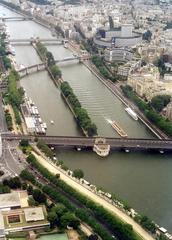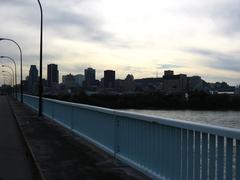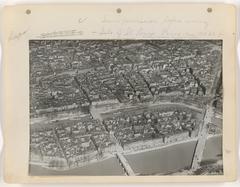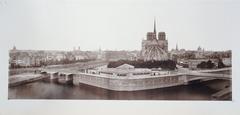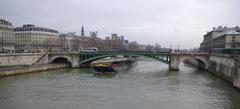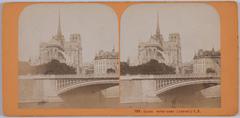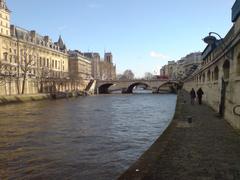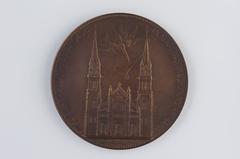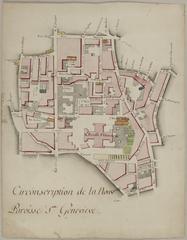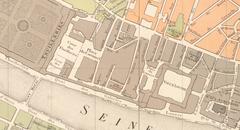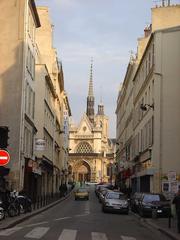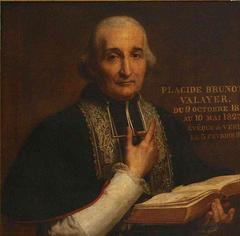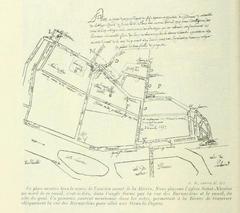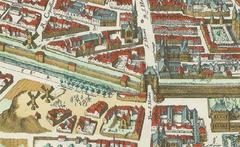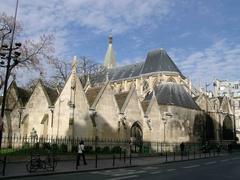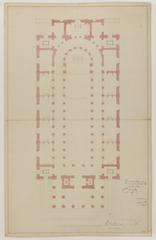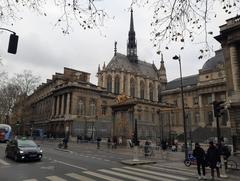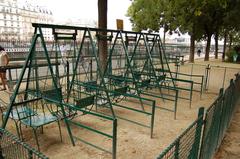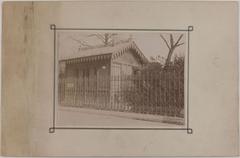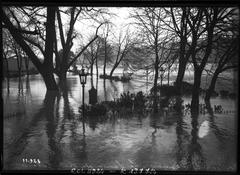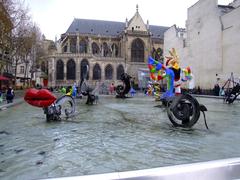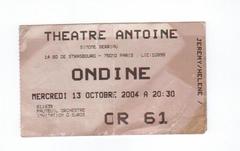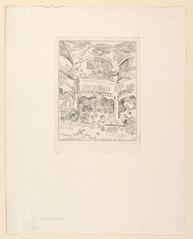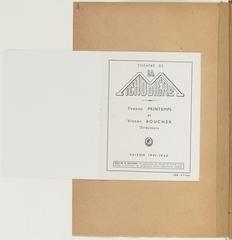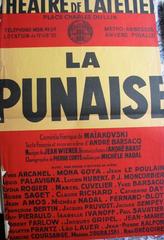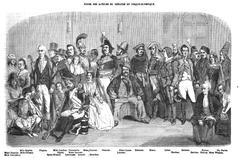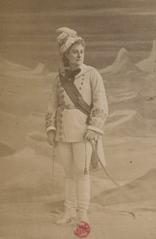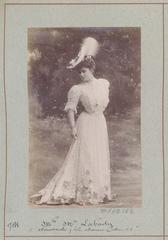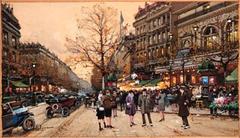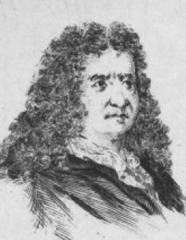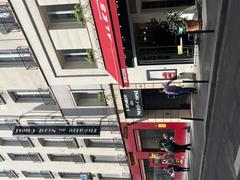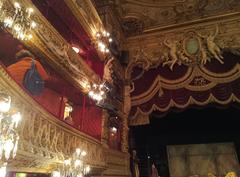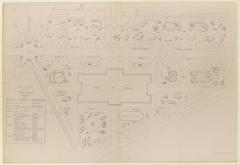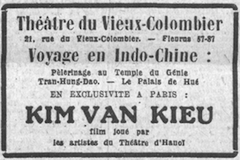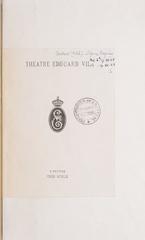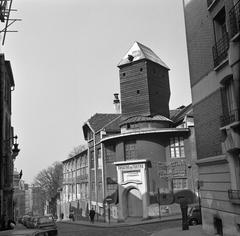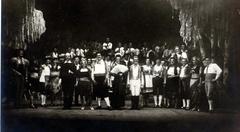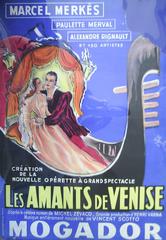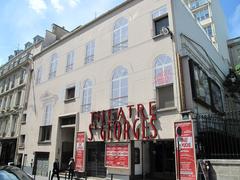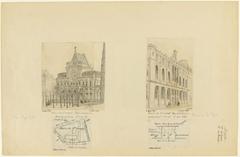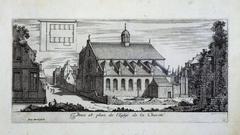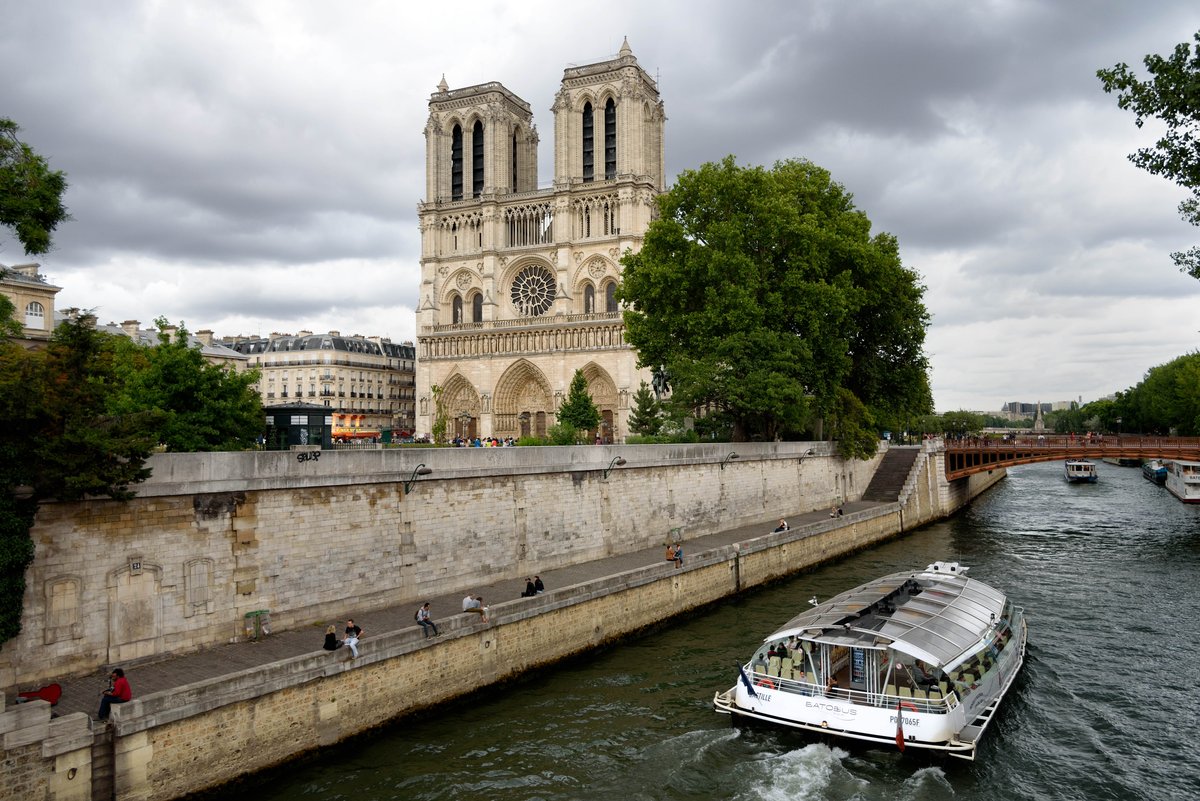
Pont au Double Visiting Hours and Travel Tips in Paris
Date: 25/07/2024
Introduction
Discovering Paris often means encountering both its iconic landmarks and its hidden gems. One such gem is the Pont au Double, a historic bridge that spans the Seine River and offers breathtaking views of the Notre Dame Cathedral. This bridge, with its rich history dating back to the 16th century, stands as a testament to Paris’s architectural innovation and resilience. Originally commissioned by King Francis I in 1515 to facilitate the transport of patients to the Hôtel-Dieu hospital on the Île de la Cité, the Pont au Double has undergone several transformations over the centuries (Paris Top Ten). Today, it is a popular destination for tourists and locals alike, offering a picturesque spot for photography and a serene place to appreciate the beauty of Paris. This comprehensive guide will delve into the bridge’s historical context, architectural features, visitor information, and nearby attractions, ensuring you have everything you need for an unforgettable visit.
Table of Contents
Exploring the Pont au Double
History of Pont au Double
Early Beginnings and Construction
The Pont au Double, a bridge over the Seine in Paris, has a rich history dating back to the early 16th century. The initial impetus for its construction came from King Francis I in 1515, who ordered the building of a bridge to facilitate the transport of patients to the Hôtel-Dieu hospital on the Île de la Cité (Paris Top Ten). The Hôtel-Dieu, established in 651 AD, is Paris’s oldest hospital and was initially located on the southern side of the cathedral’s square (Travel France Online).
The First Bridge
Construction of the first Pont au Double began in 1626 and was completed in 1634. This bridge was a three-arch stone structure primarily serving as a means to transport the sick to the Hôtel-Dieu (Wikipedia). The bridge derived its name from the toll amount charged, a “double” denier, which was the currency used to pay for its construction (Travel France Online). Initially, only local residents were granted permission to use the bridge to alleviate congestion on the Petit Pont, and they were required to pay a toll of “un double denier pour chacun des hommes de pied et six deniers pour chaque homme de cheval” (Travel France Online).
Collapse and Rebuilding
In 1709, the original Pont au Double collapsed. It was reconstructed identically and remained in place until 1847 (Wikipedia). However, the bridge underwent significant changes in the 19th century. In 1848, it was replaced with a single-arch masonry bridge to improve navigation on the small arm of the Seine (Travel France Online). This new structure was designed to better accommodate the increasing traffic and the evolving needs of the city.
The Modern Bridge
The current Pont au Double, constructed in 1883, is a single-arch cast-iron bridge. This iteration of the bridge was designed by French engineer Jean-Baptiste Berlier, who also designed several other notable bridges in Paris, including Pont Alexandre III, Pont Neuf, and Pont Mirabeau (Paris Top Ten). The bridge measures 45 meters in length and 20 meters in width, and it is exclusively accessible to pedestrians, cyclists, and motorcyclists (Travel France Online).
Architectural Features
The Pont au Double is renowned for its unique architecture and stunning views of Paris. The bridge is constructed of iron with granite pillars and supports on both sides. At each end, there are posts topped with lamp standards that were added later as modern touches but still maintain their original designs from when they were first erected over a century ago (Paris Top Ten). The bridge also features intricate details like ornamental carvings on both sides’ balustrades and wrought iron accents, which add to its beauty (Paris Top Ten).
Cultural and Historical Significance
Since its construction, Pont au Double has become a popular tourist destination due to its unique architecture and stunning views of Paris. From the bridge, visitors can see some of the city’s most famous monuments, such as Notre Dame de Paris, Les Invalides, Tour Eiffel, Arc de Triomphe, and Place de la Concorde (Paris Top Ten). The bridge’s location over the Seine gives it some of the most breathtaking views of the majestic Notre-Dame Cathedral (Journey to France).
Visitor Information
Ticket Prices
Visiting Pont au Double is free of charge, making it an accessible destination for all visitors. No tickets are required to cross the bridge or enjoy its views.
Visiting Hours
The Pont au Double is open 24/7, allowing visitors to enjoy its beauty and the surrounding landmarks at any time of day or night.
Accessibility
The bridge is pedestrian-friendly and accessible to cyclists and motorcyclists. Its flat surface and wide pathways make it easy for people of all ages and abilities to cross.
Nearby Attractions
In addition to the architectural beauty of the Pont au Double itself, there are several nearby attractions that visitors can explore. These include the Musée des Beaux-Arts de Rouen, Musée National du Moyen Age, and Centre Pompidou, all of which are within walking distance (Paris Top Ten). The bridge also provides access to nearby cafes and the Shakespeare and Company bookshop, making it a perfect spot for tourists to relax and enjoy the Parisian atmosphere (Journey to France).
Modern-Day Usage
Today, the Pont au Double is a pedestrian-friendly bridge that offers picturesque views of the Seine and the surrounding landmarks. It is a popular spot for both locals and tourists who wish to take in the beauty of Paris from a unique vantage point. The bridge’s historical significance and architectural charm make it a must-visit destination for anyone exploring the city (Paris Top Ten).
FAQ
What are the visiting hours for Pont au Double?
The Pont au Double is open 24/7, allowing visitors to enjoy its beauty at any time.
How much does it cost to visit Pont au Double?
Visiting the bridge is free of charge.
Is the Pont au Double accessible for people with disabilities?
Yes, the bridge is accessible to pedestrians, cyclists, and motorcyclists, with a flat surface and wide pathways.
Conclusion
The Pont au Double stands as a testament to Paris’s rich history and architectural innovation. From its early beginnings as a vital link for transporting the sick to its modern-day status as a beloved tourist destination, the bridge has played a significant role in the city’s development. Its unique design, historical significance, and stunning views make it an essential part of any visit to Paris. Be sure to check out nearby attractions and enjoy the Parisian atmosphere while exploring this historic site.

